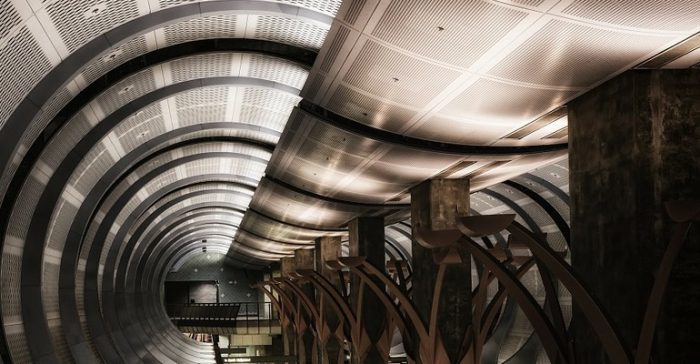LA Will Face Blackouts This Summer Due to Its Gigantic Natural Gas Leak
Gizmodo, April 5. 2016. Image credit: tpsdave
A coalition of agencies including the California Energy Commission, California Public Utilities Commission, California Independent System Operator, and the Los Angeles Department of Water and Power just released a report on how the Aliso Canyon leak is going to impact the energy demands of the region. The outlook is not good:
This technical assessment finds that if no gas can be withdrawn from Aliso Canyon during the coming summer months, a significant risk exists of natural gas curtailments during up to 16 days this summer. These curtailments could interrupt service and affect millions of electric customers during as many as 14 summer days.
How could the closing of one natural gas facility so severely impact the entire region? There are 17 natural gas facilities serving the area, which aren’t all used at the same time. On the hottest summer days, the city needs to quickly fire up some of these auxiliary plants to help keep up with the increased energy demand stemming from millions of air conditioners running full throttle. Aliso Canyon was one of those facilities that could quickly be brought online during peak hours. In previous summers, Aliso Canyon was used anywhere from 12 to 18 days each summer month (including October, because LA’s “summer” lasts well into November), making it pretty much a necessity. So without the facility as backup, blackouts on those highest-demand days are almost inevitable.

A handful of rolling blackouts are already reality for our severely overtaxed power grid, especially in warm months. But 14 days of unreliable energy could be potentially economically devastating. The only way to avoid this happening would be to reduce overall energy demand. Which is definitely possible, but is the city really going to be able to get its residents to save energy?
